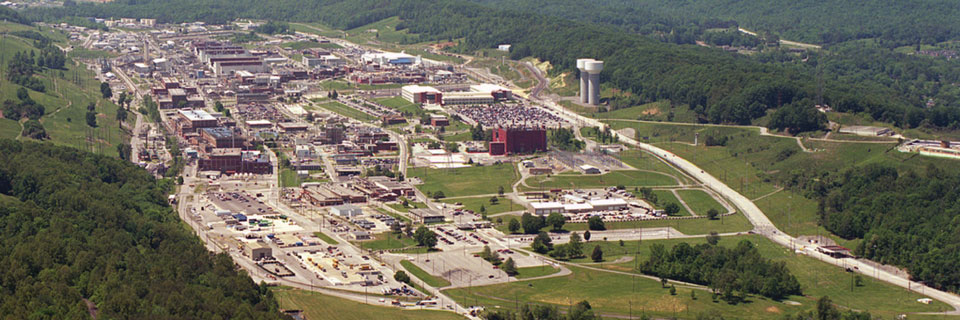
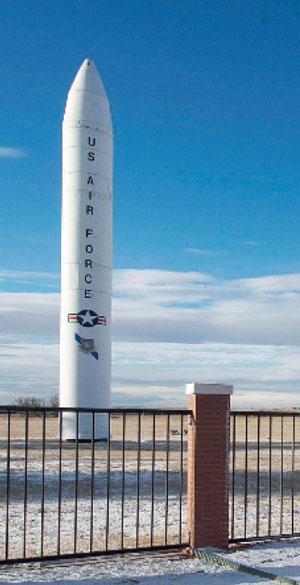
Sandia upgrades electronic security system for U.S. Air Force
Sandia completed an electronic security system upgrade at Francis E. Warren Air Force Base in Wyoming ahead of schedule and under budget. Sandia designed and implemented the system to provide the U.S. Air Force with a turnkey solution and possible model for future upgrades elsewhere. The upgrade further strengthens the capabilities and expertise of Sandia’s Physical Security Center of Excellence sponsored by NNSA’s Office of Defense Nuclear Security (NA-70), which supports DOE and DoD in ensuring security of the nation’s nuclear arsenal and special nuclear materials. (6000)
Advanced Surety Lab completed
Sandia completed construction on the Advanced Surety Lab in July. The ASL provides a unique, large vault-type room with high-fidelity mockups or actual production weapon security systems dedicated to the joint exploration of advanced integrated surety concepts and transformational technologies. The ASL, which used NNSA capability funding and select hardware from the U.S. Air Force Nuclear Weapons Center and Defense Threat Reduction Agency, represents a successful collaboration between NNSA and DoD to enhance nuclear weapon security. (6000, 8000)
Security initiative project installed
Nuclear security engineering completed the first security system upgrade design and installation project led by Sandia under the congressionally mandated Center for Security Technology, Analysis, Response and Testing initiative. The $3.7 million effort was part of a larger NNSA Security Improvement Program to replace aging critical physical security infrastructure. Final site acceptance testing was completed in October.
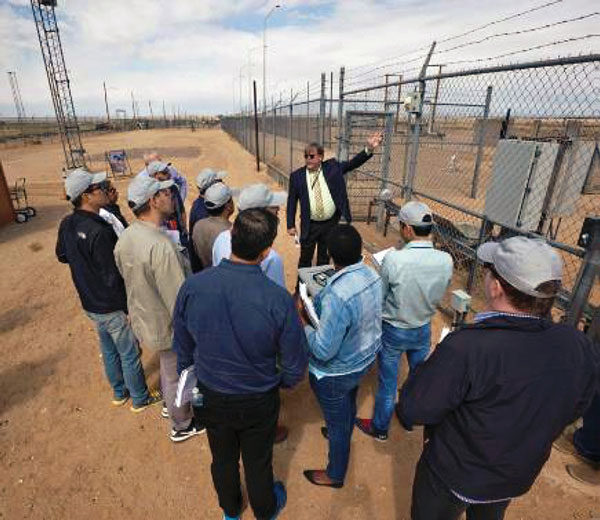
40 nations take part in 27th nuclear materials protection course
The 27th International Training Course was held at Sandia April 30-May 18, 2018, with 52 participants from 40 countries, making it the largest since the course’s inception in 1978. Sandia is the key implementer for the International Atomic Energy Agency in teaching the fundamentals of physical protection for nuclear materials and nuclear facilities. The course offered field testing exercises in detection, delay and response, and allowed participants to collect, record and document performance data in an operational environment, promoting enthusiasm and understanding of physical protection requirements. (6000)
Upgrades provide better space-based sensor data
Customer acceptance of the Flexible Reliable Operational Ground System recapitalization occurred in January. FROGS is a real-time command and control and data processing system for a set of space-based sensors that operates 24/7 to provide critical information. The successful recapitalization provided new mission capabilities and significantly increased system robustness and availability. Since recapitalization, Sandia has transitioned to delivering quarterly updates that further enhance mission capability to detect emerging national threats. (6300)
Semiconductor techniques support spaceflight sensors
Sandia has developed new semiconductor wafer processing techniques to support advanced spaceflight sensor technology products. Wafer-to-wafer direct bond interconnect and through-silicon vias were demonstrated and subjected to environmental testing. High-fidelity prototypes of the same design, materials, critical dimensions and interfaces as the flight design were fabricated, followed by thermal cycling for twice their expected lifetimes and electrical tests. This is a significant achievement demonstrating a major step in readiness level of the technologies, supporting critical design activities. (6000)
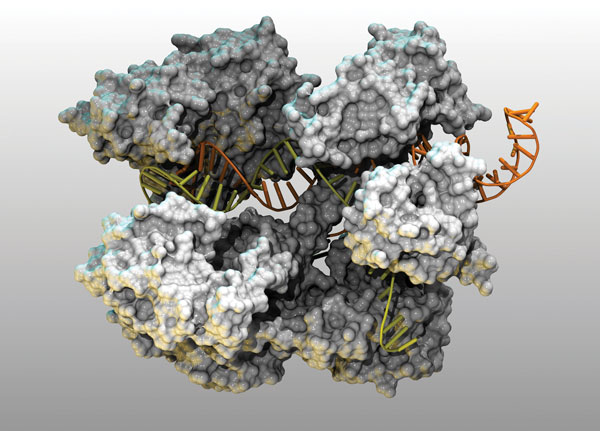
Researchers discover RNA targeting tool
CRISPR-Cas9 is a breakthrough technology used as a genome-editing tool to target and modify specific DNA sequences in different organisms. Sandia has discovered that, in addition to DNA, certain Cas9 enzymes target RNA, the “genetic middleman” between DNA and proteins. This new capability for Cas9 enzymes opens the door for development of novel RNA targeting therapies, viral countermeasures, cell and nucleic acid diagnostics and gene regulation tools. The patent-pending research was performed in collaboration with professor Jennifer Doudna of the University of California, Berkeley, co-inventor of CRISPR-Cas9 technology. (8000, LDRD)
Explosive test sites improved
Improvements to infrastructure and capabilities were completed at the remote explosive test sites managed by the explosive systems and technologies group. The Coyote Test Field improvements increased worker morale and collaboration efficiency while reducing safety, security and other operational risks. The team successfully completed strategic planning and vision development, design and construction of infrastructure improvements, which increased the work area. The work included procurement of safety and capability sustainment equipment and standard operational equipment, which streamlines operations.
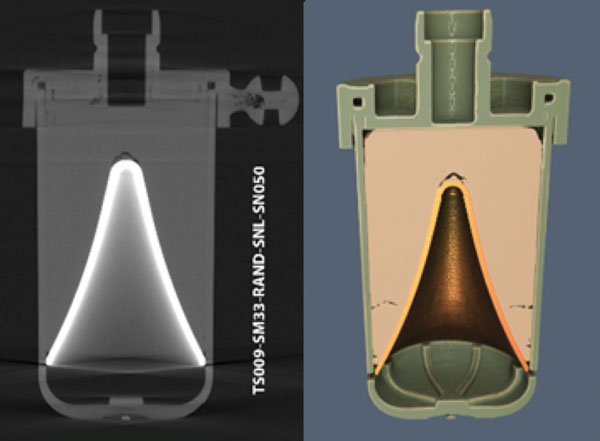
Computed tomography scans improve response team predictions
Sandia has developed an improved method to qualify dynamic tools employed by explosive response teams. Historically, lot sampling was used for acceptance of these tools, but now has been deemed inadequate for the intended application. The newly developed approach uses computed tomography scans of as-built charges imported directly into the CTH shock physics code for predictions of performance. This process enables a broader distribution of these tools into response communities. (1000, 6000)
Deployed COMMON tool supports critical programs
The Sandia-developed COMMON tool is now deployed at 32 sites in 12 partner countries. Originally designed as a maintenance support tool for NNSA’s Nuclear Smuggling Detection and Deterrence Program, COMMON’s capabilities have been extended through data analysis to predict component failures, detect cyber threats and support system lifecycle decisions, making COMMON a powerful tool for programs where deployed data communications monitoring and analysis is critical to success. COMMON has significantly contributed to system readiness of high-consequence/high-risk systems where experts are needed, but not available on site. (6000)